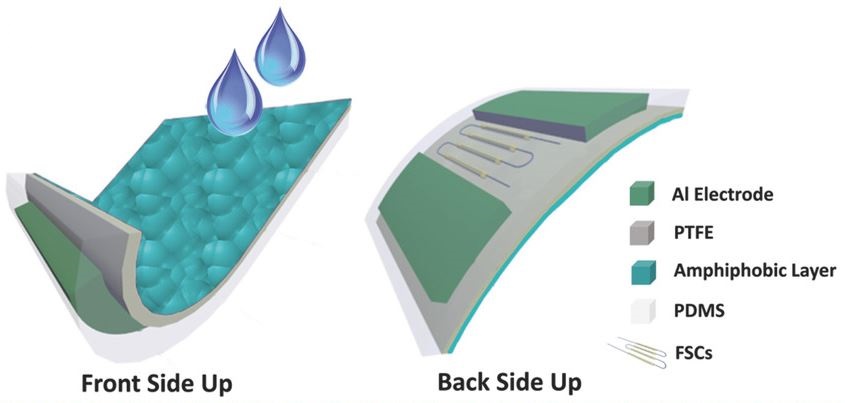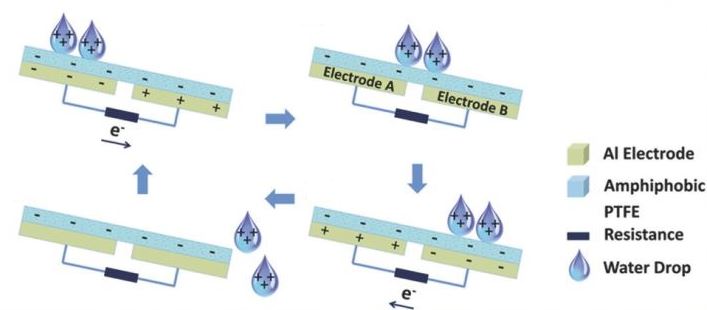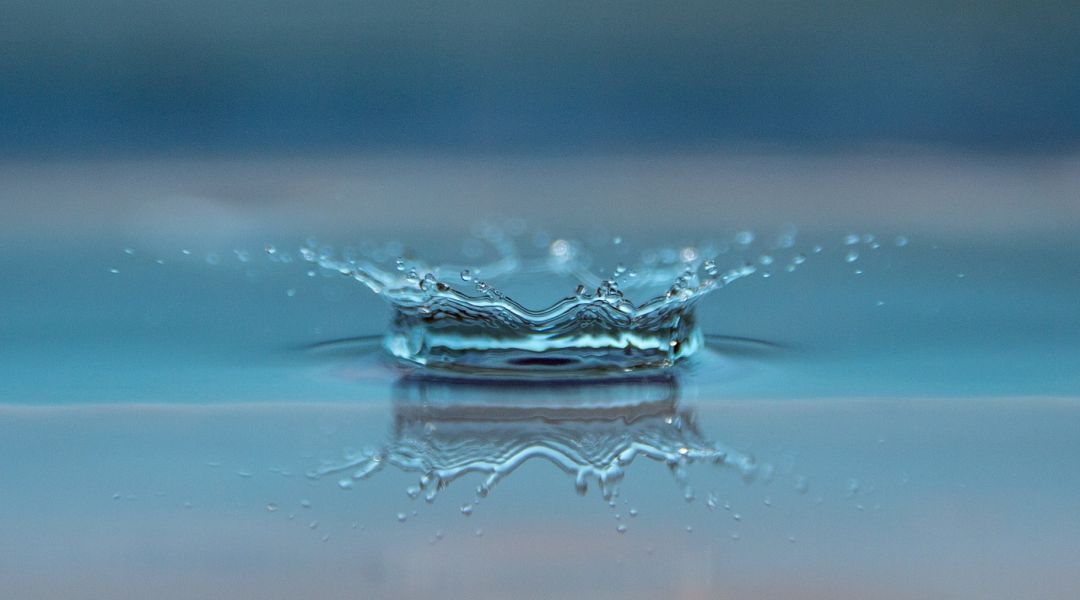Wearable and portable electronics require stable, sustainable sources of energy for continuous operation. Harnessing renewable energy to meet these requirements is appealing from an environmental perspective, and raindrops contain a large amount of mechanical energy that could potentially be used for this purpose.
The hydraulic triboelectric nanogenerator (H-TENG) is promising for wearable applications but generates AC current, which is not suitable for devices that require continuous power input. Integrating the H-TENG with a supercapacitor (SC), which can store energy in a safe and efficient way, offers a potential solution. Furthermore, designing a device that has built-in resistance to contaminants is essential in order to prevent performance degradation.
In their article in Advanced Functional Materials, Q. Zhang, Prof. Q. Liao, Prof. Y. Zhang, and co-workers from the University of Science and Technology Beijing report a wearable self-cleaning/charging power system (SPS) that can convert and store electrical energy from falling raindrops.
-

Structure of the SPS.
The SPS is composed of an H-TENG having four embedded fiber supercapacitors (FSCs) with a hematite (α-FeY2O3) on reduced graphene oxide (RGO) composite as the active material. The surface of the SPS contains many nanoscale-sized pores and particles, rendering it amphiphobic and repelling water, mineral oil, ethanol, gasoline, and other liquids.
When falling, positively charged water droplets interact with the H-TENG surface, charges of opposite polarity are induced on the two electrodes, driving free electrons to flow from electrode A to B until equilibrium is reached. As the droplets continue to slide down the surface, free electrons flow from electrode B to A until the charge is reversed. Stable electrical input can be generated if the water droplets continuously fall on and off the H-TENG.
For practical demonstration, the SPS was incorporated into a raincoat. After charging to 4 V by showering with water for 100 seconds, an LED worn on the chest of a raincoat could be powered for over 300 seconds.
To find out more, read the article here.

H-TENG operating principle.

















